Omurice and Udon” is Machinuka? A specialty restaurant has also appeared in Shin-Okubo… The world of “Korean-style Chinese food”, a famous supporting role in Korean movies.
Katsu-don” in Japan, “jajangmyun” in Korea…
Just as “katsudon” is an essential item in the interrogation scenes of Japanese detective dramas, there is a menu item that is indispensable in Korean movies and TV dramas. It is called “jajangmyeon,” which is Korean-style jajangmyeon. This jajangmyeon is said to be one of the staple items on the menu at “Chinese restaurants” in Korea, but it has evolved in its own unique way in Korea and is completely different from the jajangmyeon eaten in its native China and Japan. Other mysterious dishes such as “chanpon” and “omelette rice” are also on the menu at Korean restaurants.
Recently, it has become famous in Japan due to the influence of Korean TV dramas, and is said to be popular in Shin-Okubo and Tsuruhashi, Osaka, where specialty restaurants have appeared.
Rumiko Ose, a gourmet food writer living in Seoul, reports on the deep and mysterious world of Korean-style Chinese food, which Japanese tourists have never been able to discover.

A super staple even in delivery! The three most popular Chinese menus in the nation are 《Jajangmyeon》, 《Changpon》, and 《Dangsuyuk》.
Although it was a long time ago, Koh Ara in the drama “Answer Me 1994 (2013),” Ha Jung Woo in the movie “War on Crime (2012),” and Song Kang Ho in “Memories of Murder 2 (2003)” all share the same vigorous appetite for “jajangmyun,” which they lift up with chopsticks and slurp up in one gulp.
Jajangmyeon is a dish made by stir-frying roughly chopped onions, potatoes, and pork and pouring a sweet sauce flavored with black soybean paste called chunjang over Chinese noodles, and is one of the most representative dishes of Korean Chinese cuisine.
In the latter half of the 19th century, many Chinese laborers came to Incheon from Shandong Province in China, and it is said that the noodle dish that was their meal became Koreanized. It was not until 1950 that the sauce became black as it is today. In Korea, it is a restaurant dish loved by men and women of all ages, and is often served on delivery.
If you order “chanpon,” you will be served noodles in a spicy red soup. There is also chanpon with white broth, but both are spicy. There is a theory that the taste of Nagasaki chanpon has taken root in Nagasaki, and there is another theory that chanpon is a localized version of choma myeon, which was introduced from China.
Another dish that is often eaten along with jajangmyeon and chanpon is tansuyuk. Thinly sliced pork is battered and deep-fried, and served with a sweet-and-sour sauce of carrots, cucumbers, onions, and other vegetables. In many places, the starchy sauce is served separately, and you can choose whether or not to add it. The taste is similar to that of Japanese sweet-and-sour pork. In Seoul, restaurants specializing in jajangmyeon, jangpon, and tansuyuk can be found here and there throughout the city.
The jajangmyeon menu has a wide variety of derivatives, including ” Yeonnaljajang,” which is characterized by a sauce made from stir-fried ingredients, water, and starch, ” Kangjajang,” which is made by stir-frying ingredients with only spring sauce, and ” Yunijajang,” which is a sauce made by stir-frying finely chopped pork and onions, and has a mild flavor with a mild taste. It is made by stir-frying finely chopped pork and onions, and has a mild taste. The Chiang Bang Cha Jang is a large plate of stir-fried noodles and sauce. There are also other types of jajangmyeon, such as non-black jajangmyeon, seafood, and chili pepper.


Omurice, Udon, and Tempura are “Machu-Chuka Menu” in Korea!
In “Old Boy (2003),” an early work by director Park Chan-wook, whose film “Separate Decisions (2022)” has been the center of attention, the main character Choi Min-sik was forced to eat “kung mandu (dumplings)” every day during the 15 years he was kidnapped and held captive. Kung mandu is the Korean word for grilled dumplings (구운 만두). Although you can sometimes find “yakimandu” (야끼만두) on menus, Korean yaki-gyoza are “fried” rather than “grilled.
The former type of fried gyoza used to be clearly separated from the grilled gyoza, but since deep frying is by far the quickest way to cook gyoza, it seems that the yaki-gyoza has somehow been replaced by deep fry gyoza. In order to keep the price down and to increase the volume, tanmyeon (sweet potato starch vermicelli) is sometimes added to the gyoza. Most of the free kunmandu that comes with delivery orders are of this type (it is sometimes included as an option with tteokbokki).
In addition to kunmandu, you can also find other familiar Japanese dishes at Korean Chinese restaurants. One such dish is the omelette rice, a Western-style dish that originated in Japan. It is a menu item found at konmandu restaurants (light food restaurants) where you can eat kimbap (seaweed rolls) and tteokbokki, but it is also a hidden (though not extremely delicious) popular menu item at Korean-Chinese restaurants. When one encounters omelette rice topped with a generous amount of ketchup sauce thickened with potato starch, one is struck by how much it has changed since its arrival in Korea.
Udon, a dish that may be the closest thing to the original Nagasaki chanpon, and tempeh are also popular staples of the machu-hwa menu.
Tempura, which many restaurants refer to as kogitigim (meat tempura) in Korean, is a very deep menu item without the sauce of the aforementioned tansuyuk. It is a simple dish consisting only of pork and batter, but it shows off the restaurant’s “frying technique” to the fullest. It is said that if this menu is good, all fried dishes are also good. There is even a Korean meat tempura lovers’ group called the “Korean Meat Tempura Association. If possible, it is recommended to use only salt and pepper, and to pair it with beer or Chinese white wine such as Ni-potou wine or Yantai Gongju.
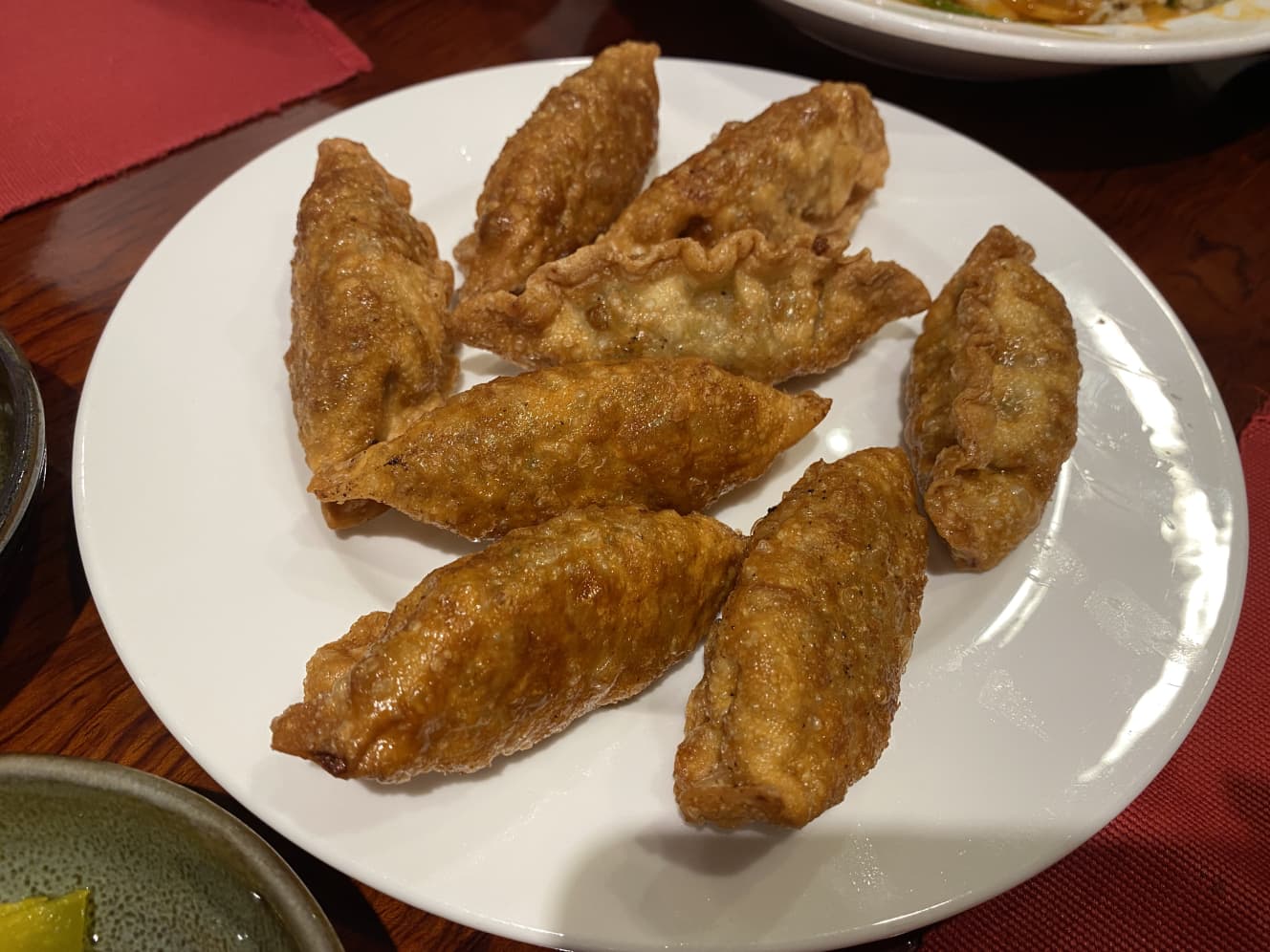
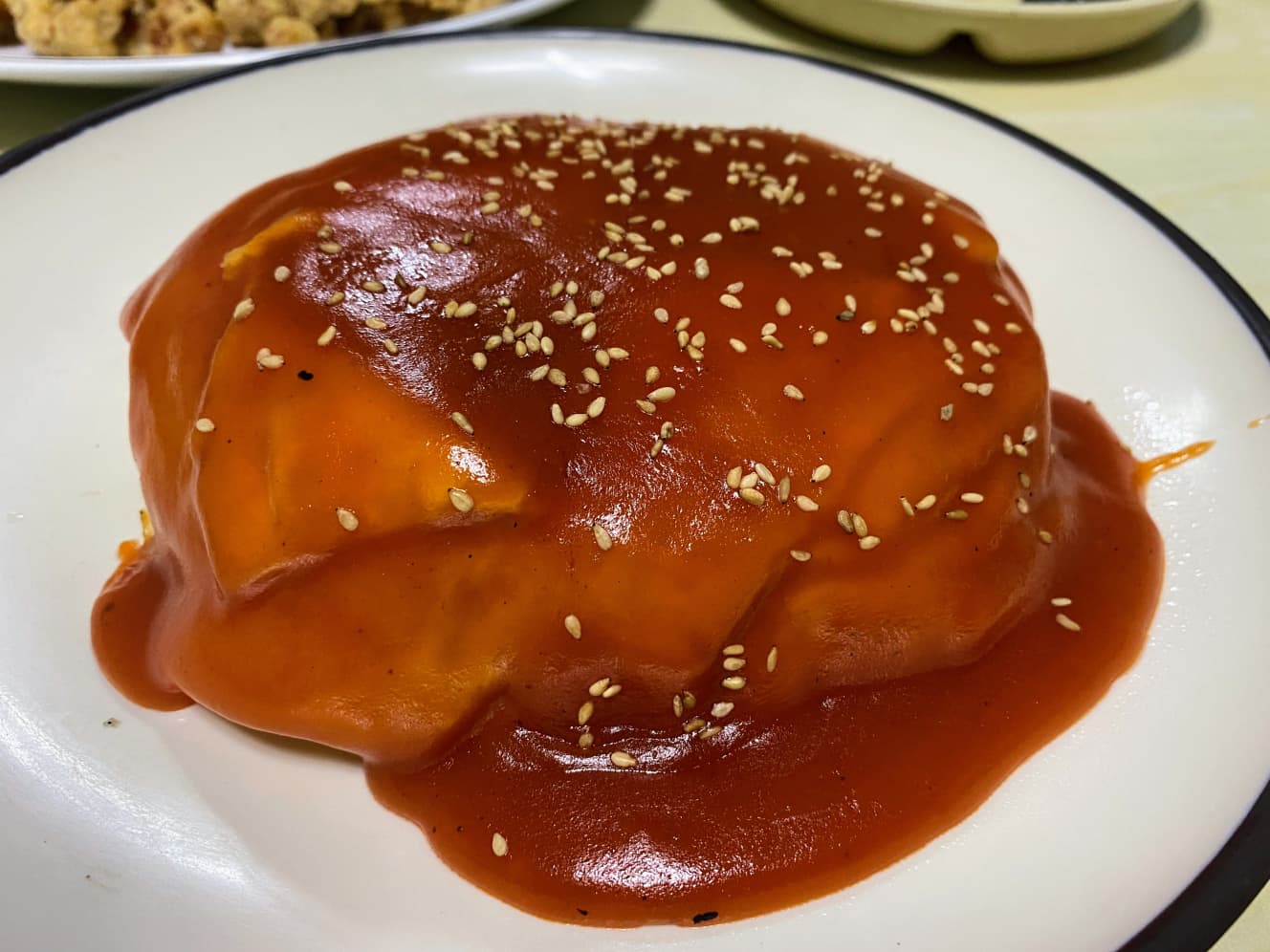
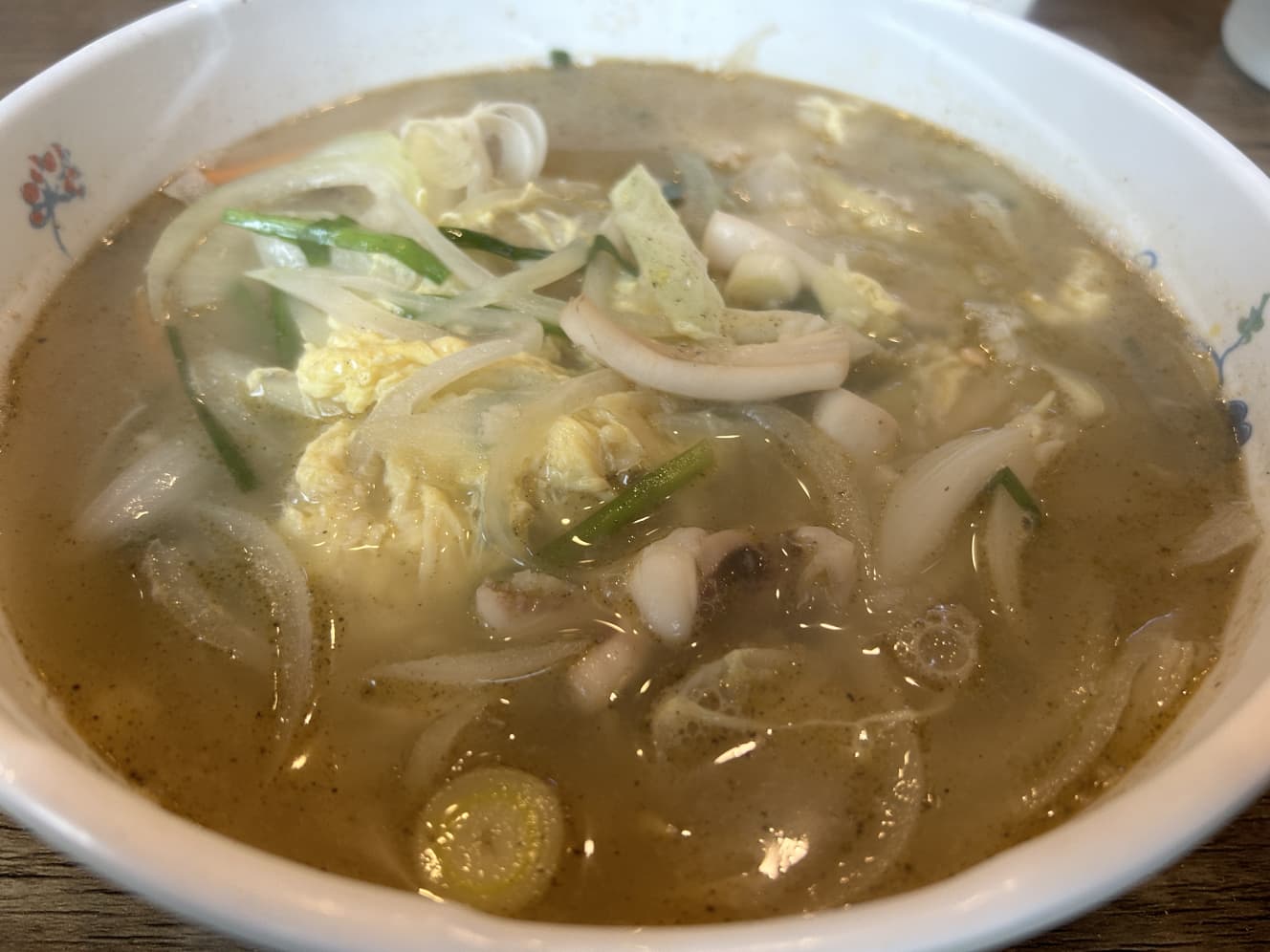
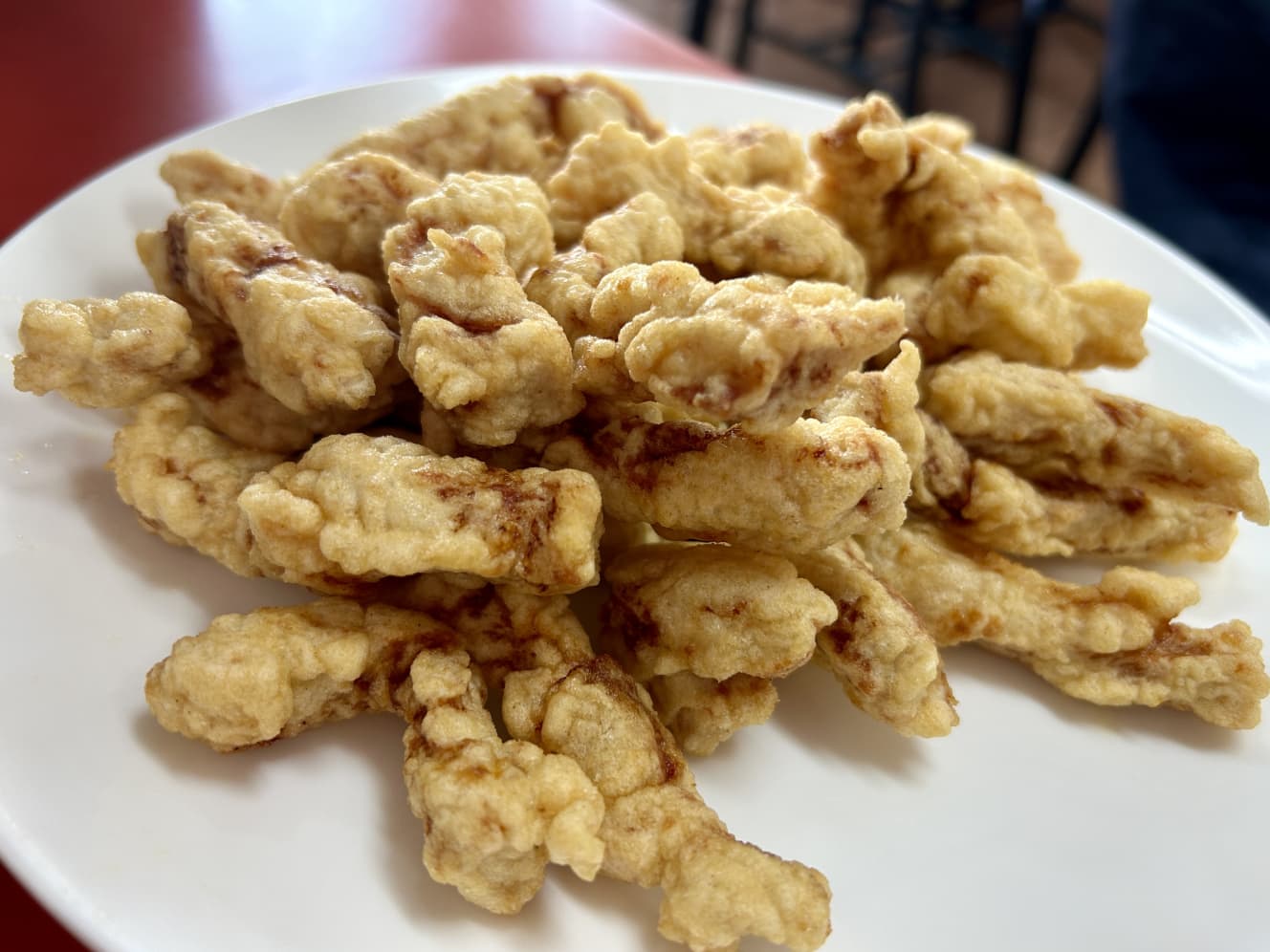
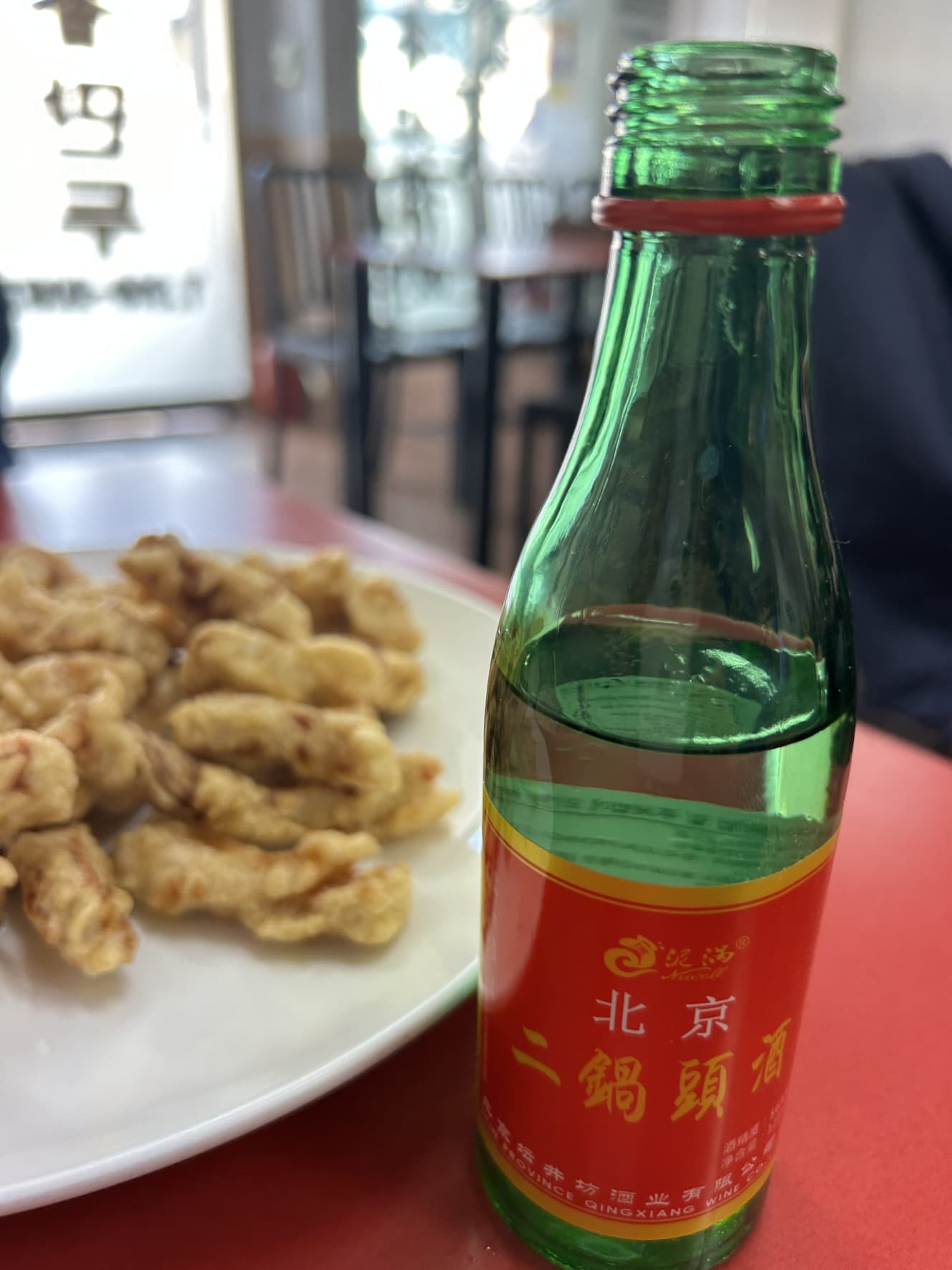
Click here for the Instagram of “Korean Meat Tempura Association” in Korea
A deep dive into popular “a la carte” dishes at Korean “Machi Jung Hwa” restaurants!
Finally, let’s take a look at some of the a la carte dishes commonly found at Korean Chinese restaurants.
Palpoche (eight-pot dish ) is almost identical to the Japanese version. I habitually look for quail eggs in order to secure them, but most restaurants do not have them. Nanjawangsu is a meat dumpling in a starchy sauce, like a Chinese mini hamburger steak. Ohyangjangyuk is pork stewed in soy sauce and spices such as octagonal horns, and served with green onions, chives, grated garlic, and braised pork.
Kampungi” is a dish that is hard to guess what it is, but in Chinese characters, it is written as “kampo chicken,” and is made by stir-frying deep-fried chicken pieces in a spicy sweet-and-sour sauce. Other chicken dishes include “Rajeogi (hot pepper chicken)” and ” Yulingi (oil-rimmed chicken, also known in Japan),” etc. In Korean Chinese restaurants, “gi” refers to chicken dishes, while “yuk” refers to pork dishes.

Other popular dishes include ” Cantonese rice ” topped with eight treasures greens ,“Chinese bibimbap” with spicy chanpon filling and a fried egg on top of rice, and other unique variations. If you see it on the menu, please give it a try.

Click here for Rumiko Ose’s YouTube channel “Riumei in Korea
Interview and text by Rumiko Ose: Rumiko Ose
Writer. Born in Yokohama, Kanagawa Prefecture. Author of "Seoul, Adult Social Tour (Aki Shobo)" and "Gyeongseong's Apartments" (Chitto Book Publishing), essayist of "Chukonaka no Tomodachi Han Kun Techo" (Koseisha), and serializes reports on the Japanese publishing scene in magazines in Korea. His translations into Korean include "Let's Eat Around the World! Travel Gohan" (written by Sayaka Sugiura and co-translated by Paper Story).
PHOTO: Lee Seungyeon